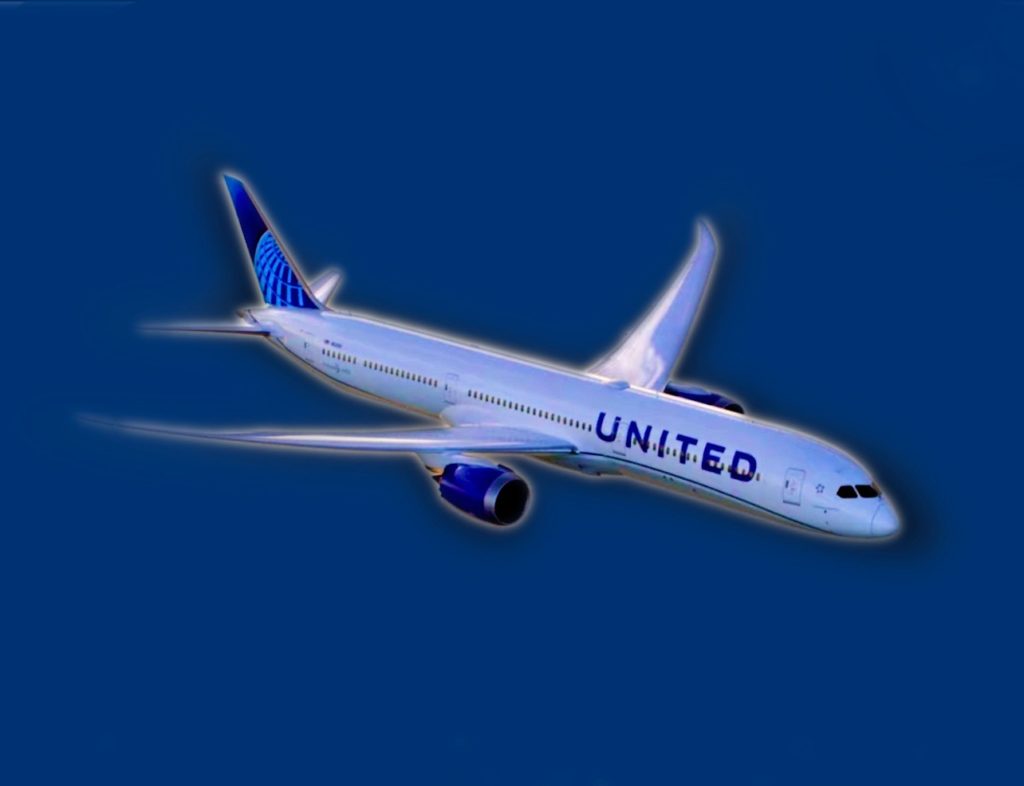Aircraft of my flying career
Here is a list of the aircraft flown over the past 42 years, large and small.
I learned from each one of these and from the many great crewmembers I was priviledged to fly with over the years.
As comedian Louis CK says, “Think about it! You’re sitting in a chair in the sky…”
DeHaviland DHC-6 Twin Otter
There she is, my first, “airliner”! The Twin Otter was the perfect aircraft for our New England winters and our island hopping operations
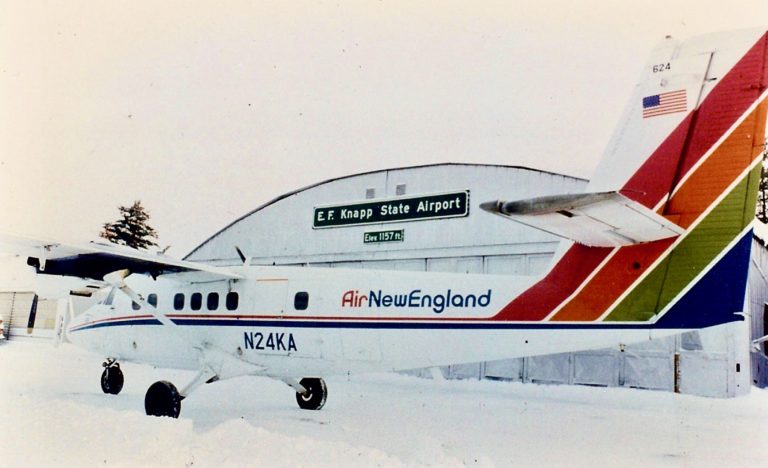
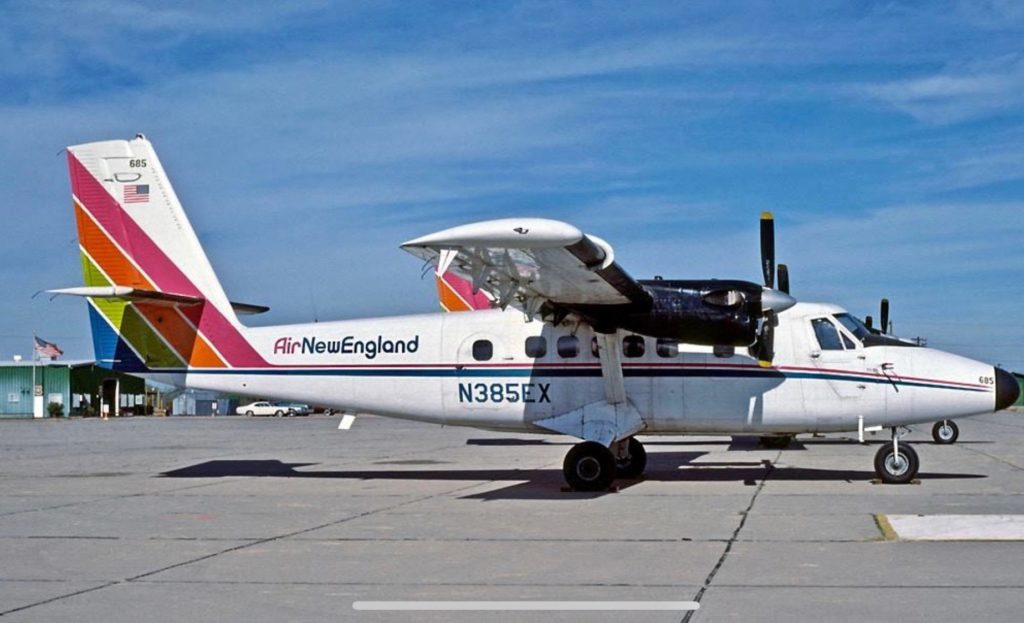
In 1965, De Havilland Canada developed the DHC-6 Twin Otter aircraft – a high winged, un-pressurized twin engine turbine powered aircraft with fixed tricycle land gear. Designed as a rugged Short Take Off and Landing (“STOL”) commuter, the Twin Otter was capable of carrying passengers and cargo into remote unimproved locations, including ski and water-based operations.
The Twin Otter aircraft have been sold around the world to customers operating in the harshest environments, including sub-zero temperatures in Antarctica, the hottest deserts of North Africa, the mountainous regions of the Himalayas, and the open water of the Indian Ocean archipelagos. A testimony to its rugged construction and incredible STOL performance, the Twin Otter became the best-selling 19 passenger aircraft of all time, still unmatched for its dependability and versatility.
The Beech 99
The Fall schedule of 1974 saw reduced flying and although I was able to remain employed, I became the junior Captain in the ANE system. I was dual qualified in both the Beech 99 and the Twin Otter and became based in Vermont for the winter, moving between Burlington and Montpelier, depending on how other Captains bid.
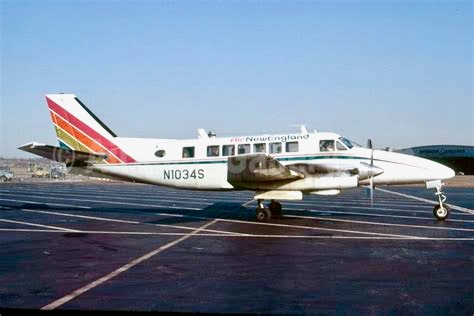
The Beechcraft 99 Airliner was the first turbine powered retractable-landing-gear aircraft to meet FAA approval for commuter air carrier service. First delivered in 1968, the Model 99 was powered by twin 550- shp Pratt & Whitney turboprops driving reversible propellers. The Beechcraft 99 cruises at more than 250 mph and pulls a gross load of 10,200 pounds or more. Introduced in 1969, the 99A Airliner housed 680-shp Pratt & Whitney free-shaft turbines flat rated at 550- shp. Except for the engines, the 99A is identical to the original 99. The 99B, announced in 1972, featured engineering improvements for increased reliability, maintainability, and passenger comfort. The ship has an air-conditioning unit as an option with its high-pressure continuous-flow oxygen system. Also, an optional cargo door and a cargo pod—the pod is installed beneath the fuselage—increase its cargo capability. Seating can be varied to suit specific needs. Production ceased in 1978, but renewed interest in turboprop aircraft and the subsequent rapid growth in the commuter airline field caused Beech to reinstate production of the 99 Airliner. Total production of the Beech 99 fell just shy of 700 aircraft, many of which are still operating throughout the world. The heritage of the 99 ultimately became the Beech 1900.
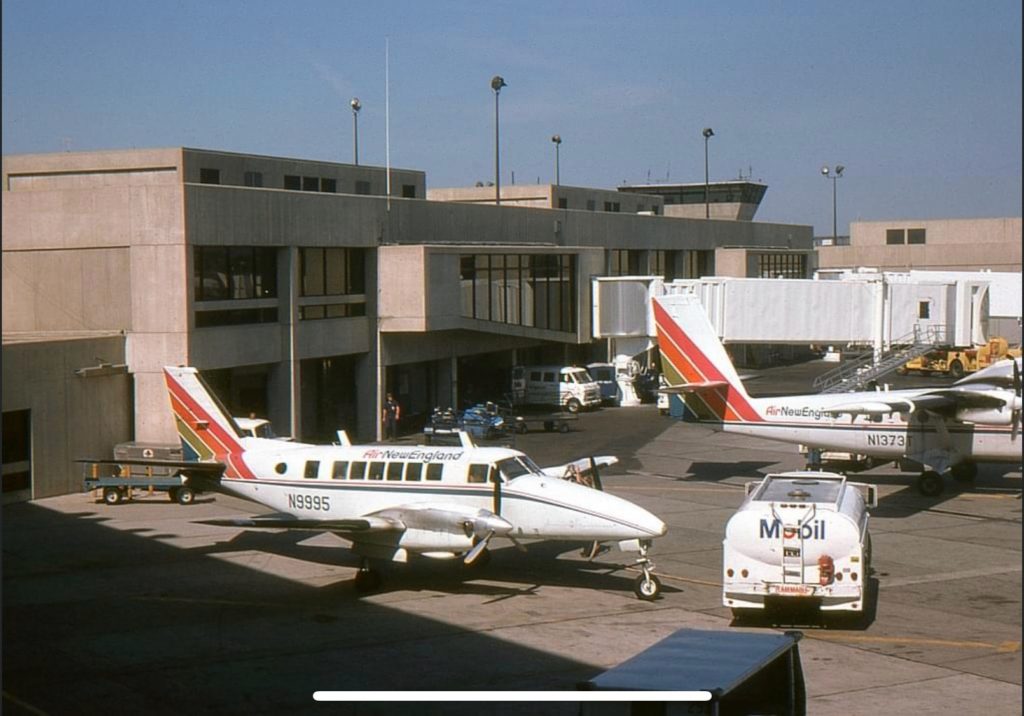
Convair 580
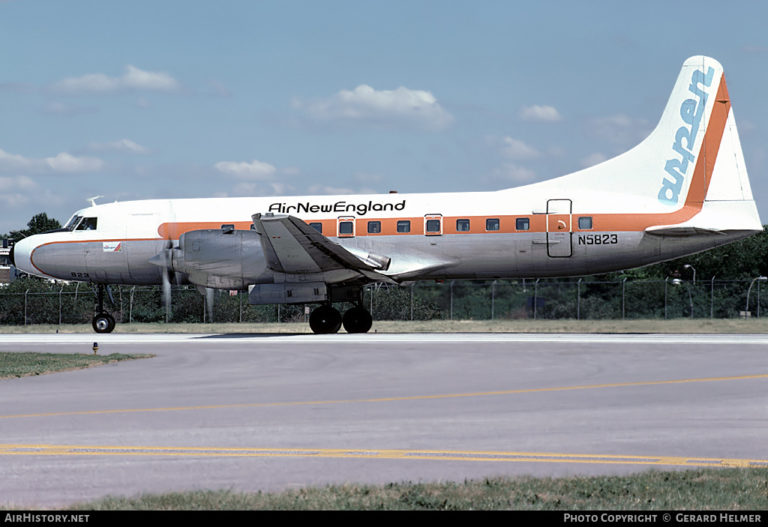
Our busy time of the year was the Summertime, serving Cape Cod and the islands of Marthas Vineyard and Nantucket. We needed extra lift during this period. This was achieved by leasing Convair 580 aircraft from Aspen Airways of Colorado, whose off season was the summertime. This was a perfect match. We ferried the aircraft eastbound from Denver chock full of Coors Beer (unavailable in the East at that time) to the Cape for the summer and westbound chock full of lobsters to the Rocky Mountains in the Fall!
The Allison Prop Jet Convair, or CV580, is a two engine, low wing medium-range commercial transport. Originally, manufactured by Convair as a CV340 or CV440, and then converted to prop–jet power by the Allison Division of General Motors Corporation
The Convair 580 is powered by the Alison 501-D13H engine, which allows it to perform at a maximum range of 2,577 nm.
FH-227 which ANE also flew, carried 47 passengers and had 1875hp per engine. By comparison, the CV-580 carried 50 passengers and the Allison engines produced 4,000hp. It was capable of jet performance through 10,000′.
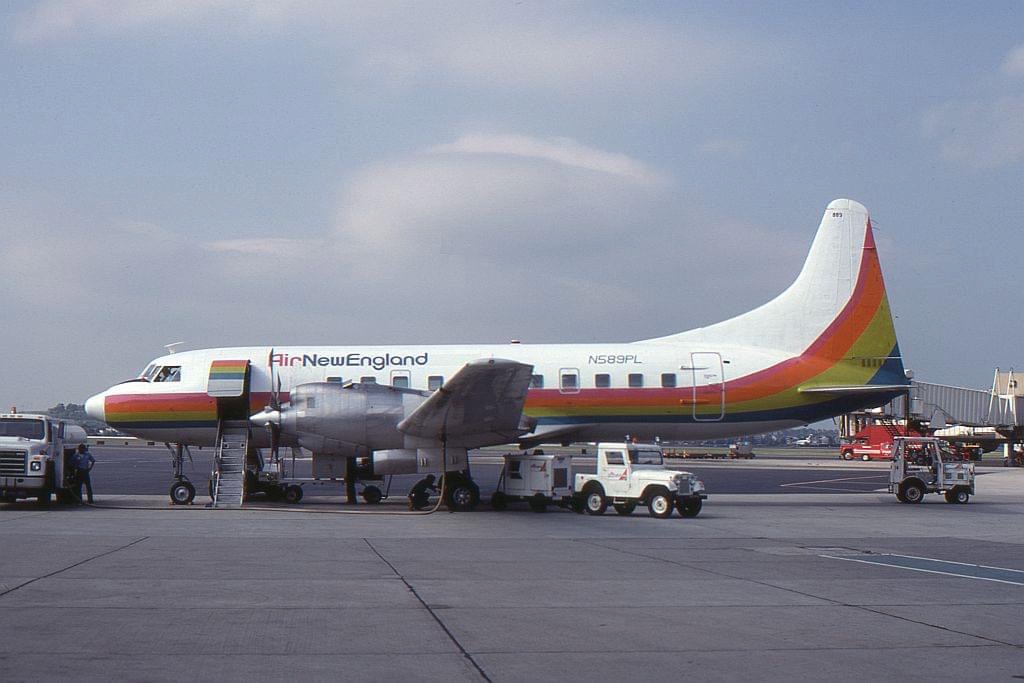
Boeing 737-100, 200, 300, 500, 800, 900
The Boeing 737-100 Series was the first jet that I flew. I was hired by PEOPLExpress airlines in February of 1982. The PEX B737-100 Series were the original 737’s and we purchased the original 17 aircraft from Lufthansa. These aircraft were loved and maintained with typical German engineering expertise. When the last aircraft was delivered to Newark, the tail logo displayed a tear in its’ eye. Lufthansa was as sorry to see them go as we were happy to receive them!
During the time I flew the 737, a monumental change was occurring in aviation, The change from analog to digital cockpits. It was like going from steam-powered gauges to glass cockpits, the difference was like night and day. Over the years, more and more automation was implemented. Pilots were becoming systems operators, with less and less manual flying.
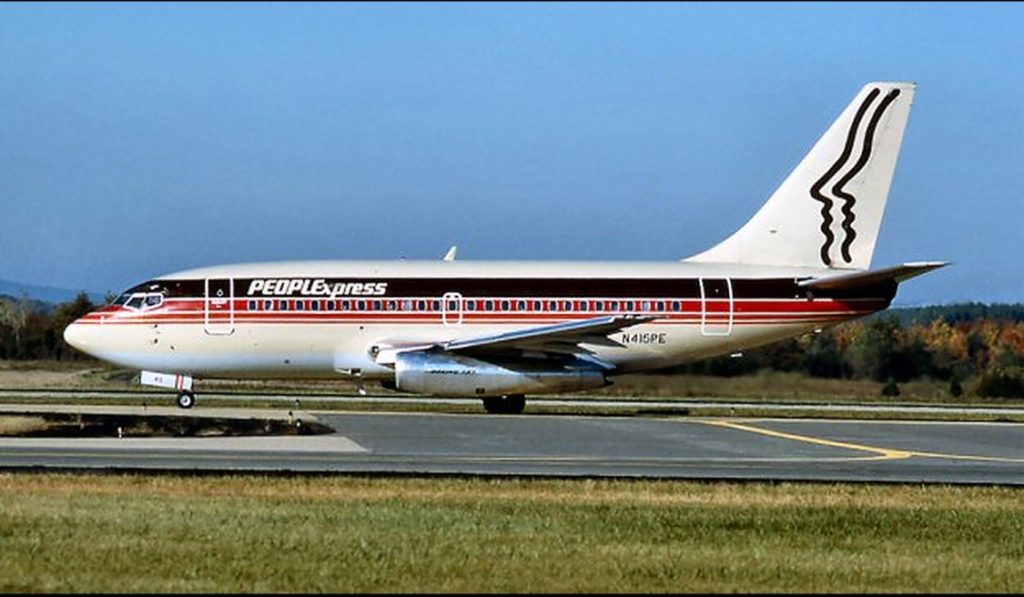
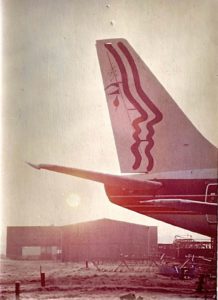
The Boeing 737 is a narrow-body aircraft produced by Boeing at its Renton Factory in Washington. Developed to supplement the Boeing 727 on short and thin routes, the twinjet retains the 707 fuselage cross-section and nose with two underwing turbofans. Envisioned in 1964, the initial 737-100 made its first flight in April 1967 and entered service in February 1968 with Lufthansa. The lengthened 737-200 entered service in April 1968. It evolved through four generations, offering several variants for 85 to 215 passengers.
The 737-100/200 original variants were powered by Pratt & Whitney JT8D low-bypass engines and offered seating for 85 to 130 passengers. Launched in 1980 and introduced in 1984, the 737 Classic -300/400/500 variants were upgraded with CFM56-3 turbofans and offered 110 to 168 seats. Introduced in 1997, the 737 Next Generation (NG) -600/700/800/900 variants have updated CFM56-7s, a larger wing and an upgraded glass cockpit, and seat 108 to 215 passengers. The latest generation, the 737 MAX, 737-7/8/9/10 MAX, powered by improved CFM LEAP-1B high bypass turbofans and accommodating 138 to 204 people, entered service in 2017. Boeing Business Jet versions are produced since the 737NG, as well as military models.
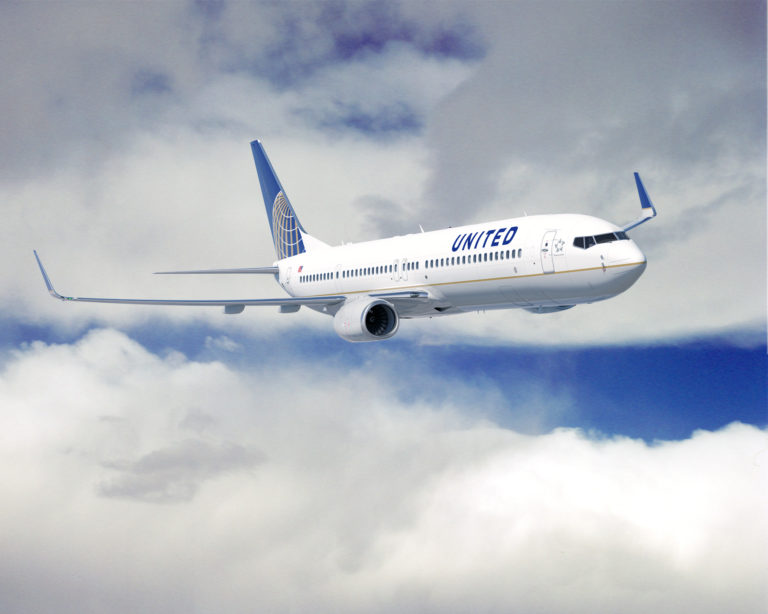
Boeing 727-100, 200
I worked at Air New England for 7 years flying in and out of Boston on every trip. ANE operated more than 150 flights a day from there. I watched literally 1,000’s of 727 Takeoffs and Landings. It was THE airliner of the 60’s, 70’s, 80’s, 90’s and my dreams! After flying the 737 for 3 years, my opportunity to fly the 727 finally arrived. It was such a wonderful airplane to fly. Solid, stable, 3 pilot cockpit and it flew every kind of mission. Long haul to the Caribbean, short hops to BOS, DCA or BUF. It also had many great Florida overnights. I flew this aircraft for both PEOPLExpress and Continental.
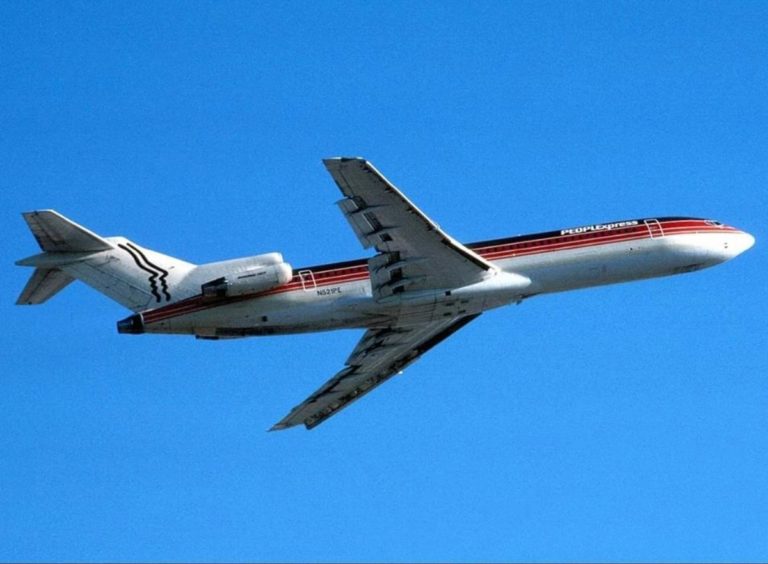
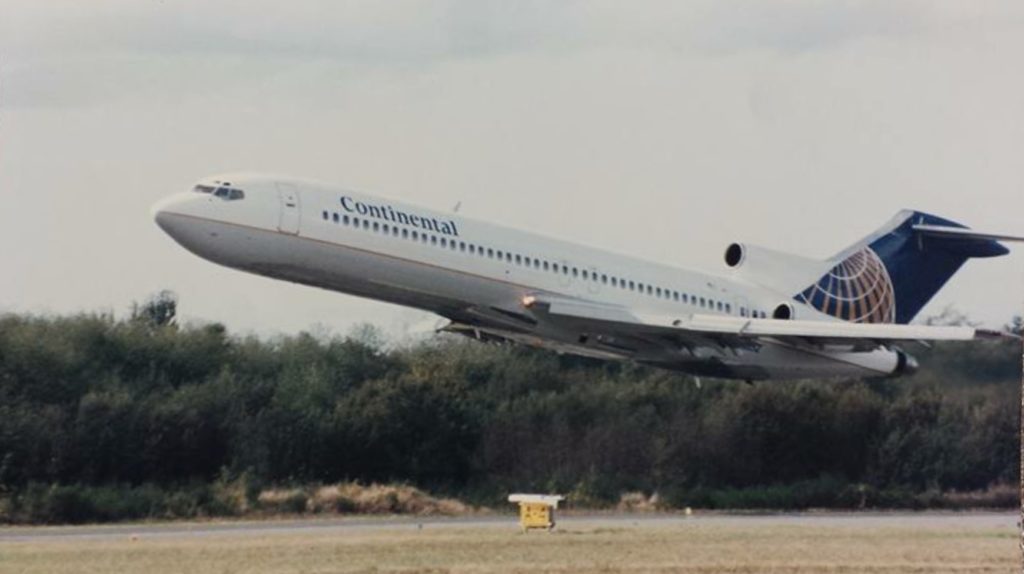
The Boeing 727 is an American narrow-body airliner that was developed and produced by Boeing Commercial Airplanes. After the heavy 707 quad-jet was introduced in 1958, Boeing addressed the demand for shorter flight lengths from smaller airports. On December 5, 1960, the 727 was launched with 40 orders each from United Airlines and Eastern Air Lines. The first 727-100 rolled out November 27, 1962, first flew on February 9, 1963, and entered service with Eastern on February 1, 1964.
The only trijet aircraft to be produced by Boeing, the 727 is powered by Pratt & Whitney JT8D low-bypass turbofans below a T-tail, one on each side of the rear fuselage and a center one fed through an S-duct. It shares its six-abreast upper fuselage cross-section and cockpit with the 707. The 133 ft (40.5 m) long 727-100 typically carries 106 passengers in two classes over 2,250 nmi (4,170 km), or 129 in a single class. Launched in 1965, the stretched 727-200 flew in July 1967 and entered service with Northeast Airlines that December. The 20 ft (6.1 m) longer variant typically carries 134 passengers in two classes over 2,550 nmi (4,720 km), or 155 in a single class. Besides the airliner accommodation, a freighter and a Quick Change convertible version were offered.
The 727 was used for many domestic flights and on some international flights within its range. Airport noise regulations have led to hush kit installations. Its last commercial passenger flight was in January 2019. It was succeeded by the 757-200 and larger variants of the 737. As of February 2022, a total of 38 Boeing 727s were in commercial service.
Boeing 757-200, 300
The Boeing 757 was the most wonderfully overpowered aircraft that I have ever flown. It climbed like a home sick angel and could easily takeoff from short fields at high altitudes on hot days. When winglets were added, they increased fuel efficiency by 3 to 4% and therefore, range. This and ETOPS (Extended Overwater Operation) gave the 757 the capability to fly directly to many secondary European airports such as Dublin, Shannon, Copenhagen, Oslo, and many others. This avoided the requirement of a Hub connection in Europe saving hours of travel time.
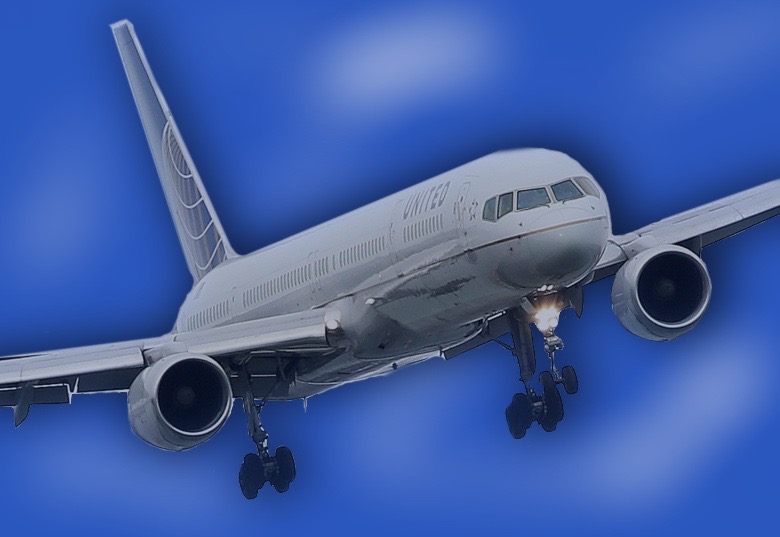
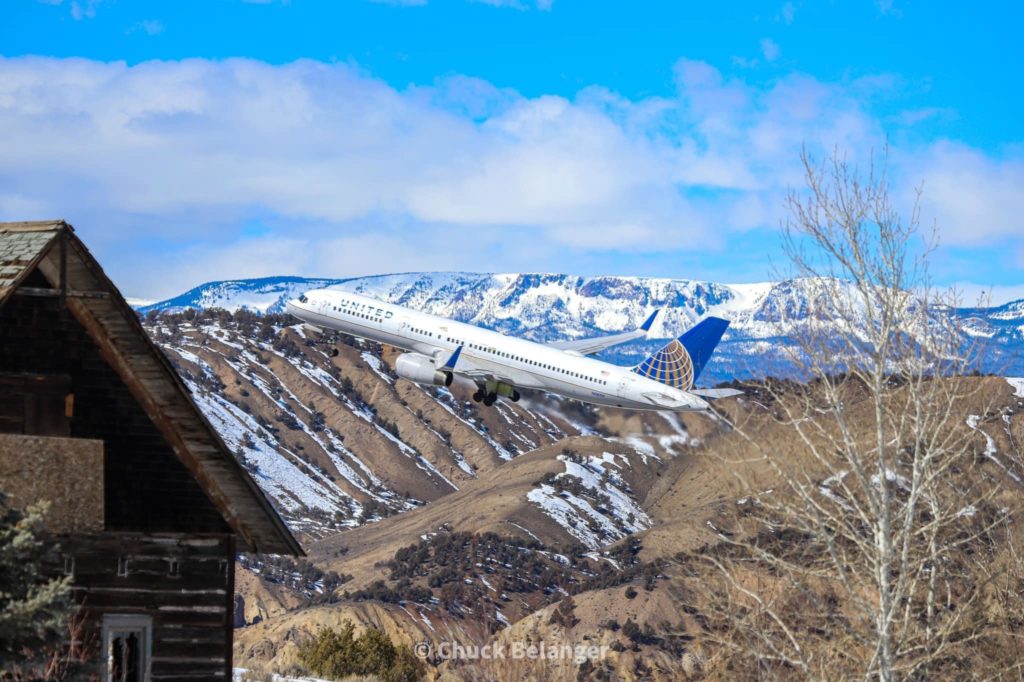
The Boeing 757 is an American narrow-body airliner designed and built by Boeing Commercial Airplanes. The then-named 7N7, a twinjet successor for the 727 (a trijet), received its first orders in August 1978. The prototype completed its maiden flight on February 19, 1982 and it was FAA certified on December 21, 1982. Eastern Air Lines placed the original 757-200 in commercial service on January 1, 1983. A package freighter (PF) variant entered service in September 1987 and a combi model in September 1988. The stretched 757-300 was launched in September 1996 and began service in March 1999. After 1,050 had been built for 54 customers, production ended in October 2004, while Boeing offered the largest 737 NG variants as a successor.
The jetliner is powered by 36,600–43,500 lbf (163–193 kN) Rolls-Royce RB211 or Pratt & Whitney PW2000 underwing turbofan engines for a 255,000–273,000 lb (116–124 t) MTOW. The 757 has a 2,000 sq ft (185 m2) supercritical wing for reduced aerodynamic drag and a conventional tail. It keeps the 707 cross-section and its two-crew glass cockpit has a common type rating with the concurrently designed 767 (a wide-body aircraft). It was produced in two fuselage lengths: the 155 ft (47.3 m) long 757-200 (the most popular with 913 built) typically seats 200 passengers in two classes over 3,915 nmi / 7,250 km; while the 178 ft (54.4 m) long 757-300 typically seats 243 over 3,400 nmi (6,295 km). The 757-200F can haul a 72,210 lb (32,755 kg) payload over 2,935 nmi (5,435 km). Passenger 757-200s have been modified for cargo use as the Special Freighter (SF) and the Precision Converted Freighter (PCF).
Boeing 767-200, 400
When you qualified to fly the 757, you also had differences training that allowed you to fly the 767 as well. The 767 was the first true widebody aircraft that I flew. If an aircraft weighed more than 250,000lbs, it was designated as a ‘”HEAVY” and that became part of your radio call sign to alert controllers and other aircraft to this designation. A HEAVY required great separation between aircraft in the air and between takeoffs due to “Wake Turbulence”. Think of a big boat going through the water causing heavy waves. It’s the same in air! The 767 also became the first ETOPS certified aircraft. This designation allowed 2 engine aircraft to fly over the ocean while maintaining a certain proximity to land in case of an engine failure.
Between the 757 and the 767, I had more than 700 Atlantic Ocean crossings. This became the bulk of my flying.
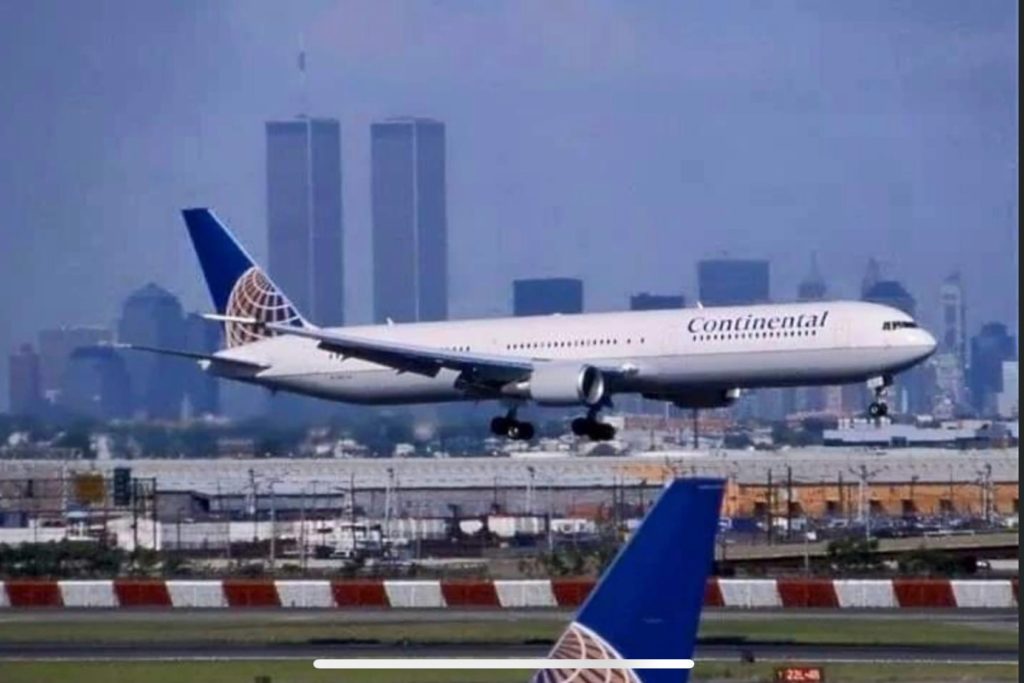

The Boeing 767 is an American wide-body aircraft developed and manufactured by Boeing Commercial Airplanes. The aircraft was launched as the 7X7 program on July 14, 1978, the prototype first flew on September 26, 1981, and it was certified on July 30, 1982. The original 767-200 entered service on September 8, 1982 with United Airlines, and the extended-range 767-200ER in 1984. It was stretched into the 767-300 in October 1986, followed by the 767-300ER in 1988, the most popular variant. The 767-300F, a production freighter version, debuted in October 1995. It was stretched again into the 767-400ER from September 2000.
To complement the larger 747, it has a seven-abreast cross-section, accommodating smaller LD2 ULD cargo containers. The 767 is Boeing’s first wide-body twinjet, powered by General Electric CF6, Rolls-Royce RB211, or Pratt & Whitney JT9D turbofans. JT9D engines were eventually replaced by PW4000 engines. The aircraft has a conventional tail and a supercritical wing for reduced aerodynamic drag. Its two-crew glass cockpit, a first for a Boeing airliner, was developed jointly for the 757 − a narrow-body aircraft, allowing a common pilot type rating. Studies for a higher-capacity 767 in 1986 led Boeing to develop the larger 777 twinjet, introduced in June 1995.
The 159-foot-long (48.5 m) 767-200 typically seats 216 passengers over 3,900 nmi (7,200 km), while the 767-200ER seats 181 over a 6,590 nautical miles (12,200 km) range. The 180-foot-long (54.9 m) 767-300 typically seats 269 passengers over 3,900 nmi (7,200 km), while the 767-300ER seats 218 over 5,980 nmi (11,070 km). The 767-300F can haul 116,000 lb (52.7 t) over 3,225 nmi (6,025 km), and the 201.3-foot-long (61.37 m) 767-400ER typically seats 245 passengers over 5,625 nmi (10,415 km). Military derivatives include the E-767 for surveillance and the KC-767 and KC-46 aerial tankers.
After being initially used on U.S. transcontinental routes, that was extended with ETOPS regulations from 1985, it was then frequently used on transatlantic flights. A total of 742 of these aircraft were in service in July 2018, with Delta Air Lines being the largest operator with 77 aircraft in its fleet. As of February 2022, Boeing has received 1,346 orders from 74 customers, of which 1,240 airplanes have been delivered, while the remaining orders are for cargo or tanker variants. Competitors have included the Airbus A300, A310, and A330-200. Its successor, the 787 Dreamliner, entered service in 2011.
Boeing 777-200
With a few years left before mandatory retirement at age 65, I had the opportunity to fly the Triple 7.
It is the most popular widebody of all time. Quite simply, an incredible beast. With a max takeoff weight of 656,000 lbs and an endurance approaching 18 hours, it is the ultimate in Ultra Long Haul flying. Each of its’ 2 GE90 engines produced the equivalent of 144,00 hp. (See below. The triple 777 engine inlets are the same size as the B737 fuselage.)
Non-stops to China, Japan, India and Israel were the typical trips flown
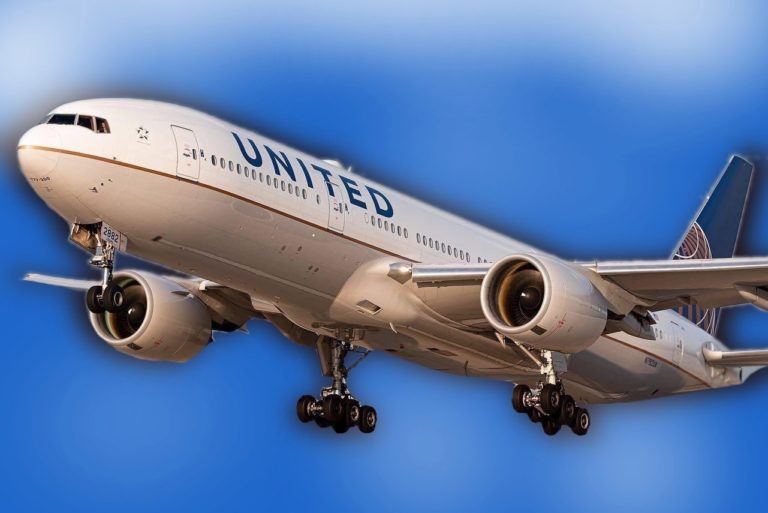
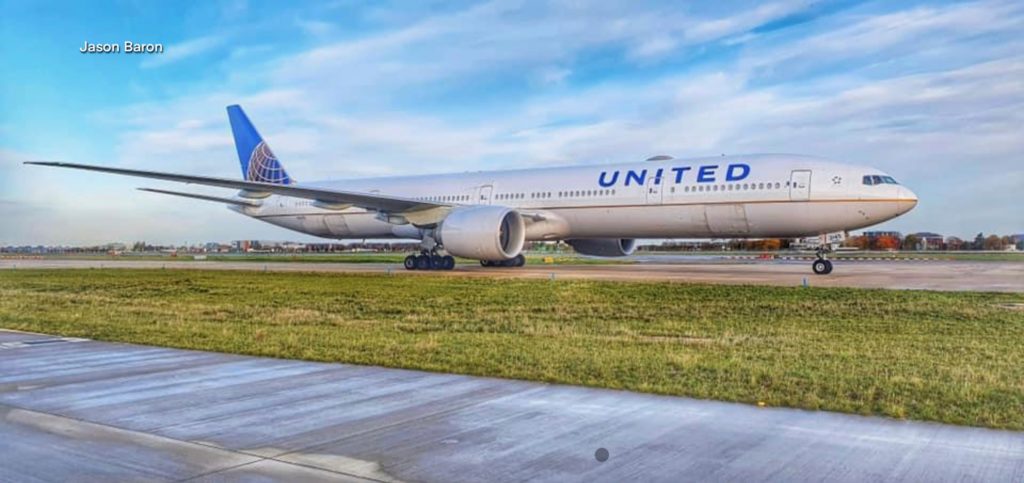
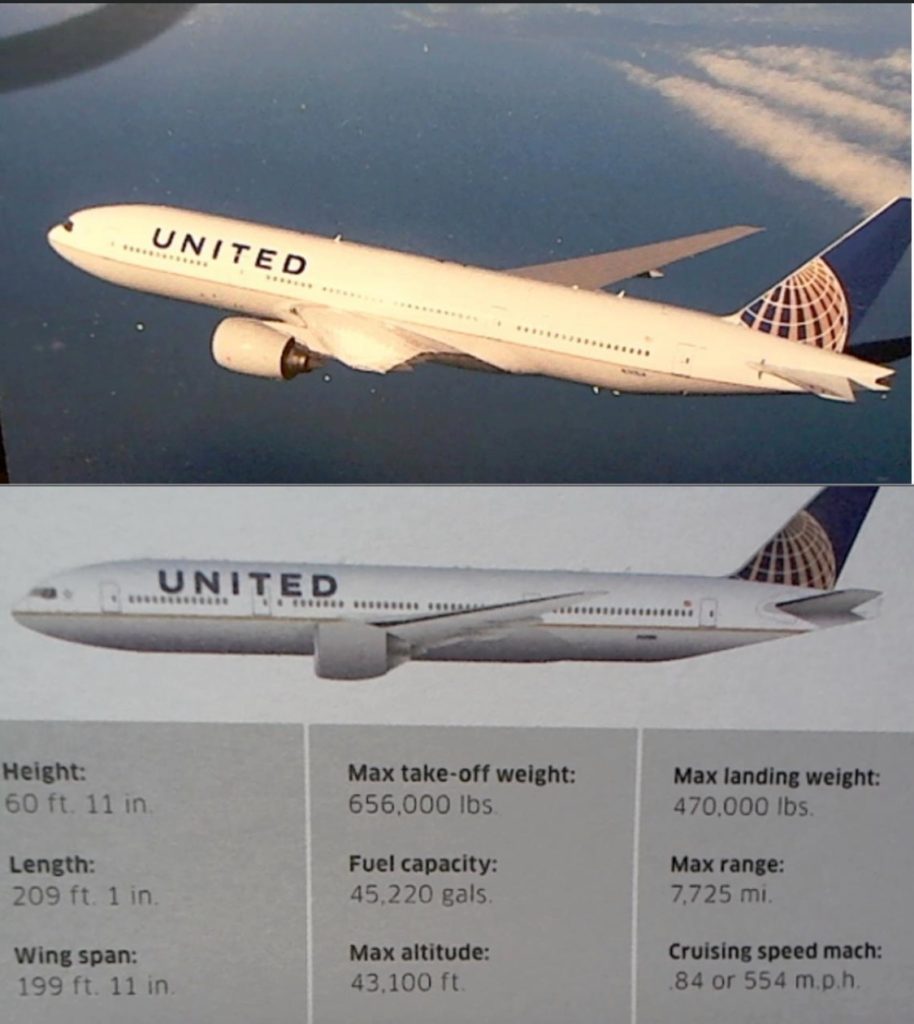
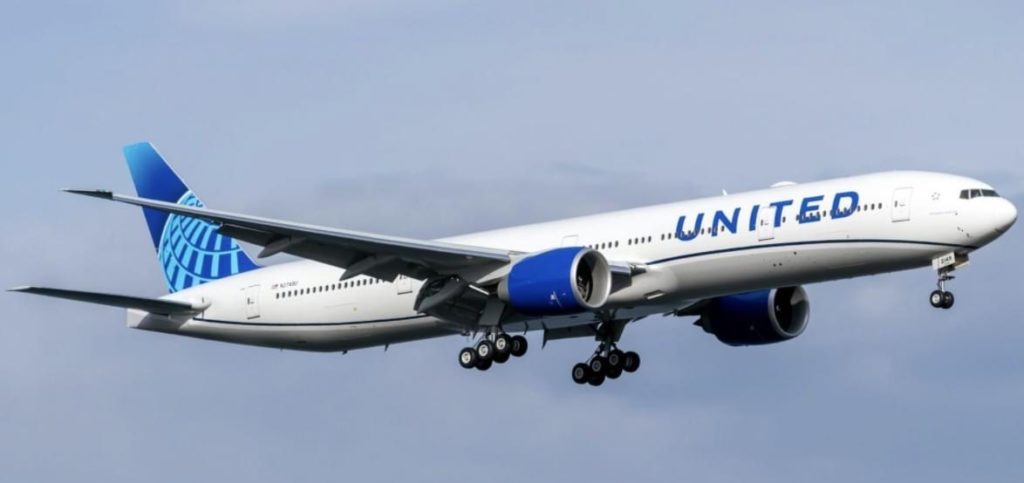
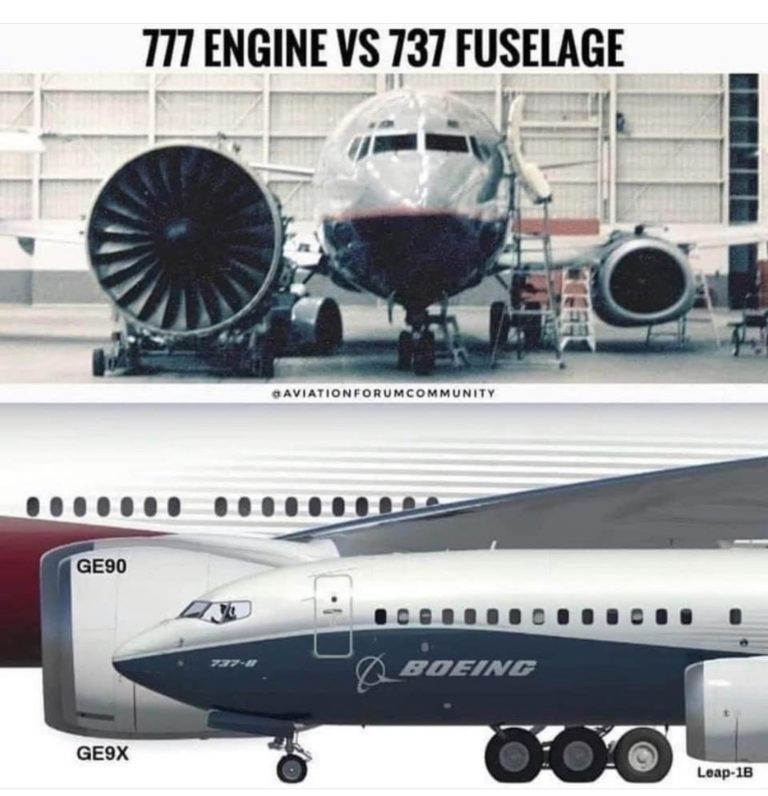
The Boeing 777, commonly referred to as the Triple Seven, is an American long-range wide-body airliner developed and manufactured by Boeing Commercial Airplanes. It is the world’s largest twinjet. The 777 was designed to bridge the gap between Boeing’s other wide body airplanes, the twin-engined 767 and quad-engined 747, and to replace older DC-10s and L-1011 trijets. Developed in consultation with eight major airlines, with a first meeting in January 1990, the program was launched on October 14, 1990, with an order from United Airlines. The prototype was rolled out on April 9, 1994, and first flew on June 12, 1994. The 777 entered service with the launch customer, United Airlines, on June 7, 1995. Longer range variants were launched on February 29, 2000, and were first delivered on April 29, 2004.
It can accommodate a ten–abreast seating layout and has a typical 3-class capacity of 301 to 368 passengers, with a range of 5,240 to 8,555 nautical miles (9,700 to 15,840 km). It is recognizable for its large-diameter turbofan engines, six wheels on each main landing gear, fully circular fuselage cross-section,[6] and a blade-shaped tail cone. It is the first Boeing aircraft with fly-by-wire controls. It initially competed with the Airbus A340 and the McDonnell Douglas MD-11, both now out of production, and as of 2021 competes with the Airbus A350 and A330-900.
The original 777 with a maximum takeoff weight (MTOW) of 545,000–660,000 lb (247–299 t) was produced in two fuselage lengths: the initial -200 was followed by the extended-range 777-200ER in 1997; and the 33.25 ft (10.13 m) longer 777-300 in 1998. Those 777 Classics were powered by 77,200–98,000 lbf (343–436 kN) General Electric GE90, Pratt & Whitney PW4000, or Rolls-Royce Trent 800 engines. The longer-range 777-300ER, with a MTOW of 700,000–775,000 lb (318–352 t), entered service in 2004, the ultra long-range 777-200LR in 2006, and the 777F freighter in 2009. These long haul variants use 110,000–115,300 lbf (489–513 kN) GE90 engines and have extended raked wingtips. In November 2013, Boeing announced the 777X development with the -8 and -9 variants, both featuring composite wings with folding wingtips and General Electric GE9X engines.
The 777 has been ordered and delivered more than any other wide-body airliner; as of January 2022, more than 60 customers had placed orders for 2,095 aircraft of all variants, with 1,678 delivered. The most common and successful variant is the 777-300ER with 844 aircraft ordered and 810 delivered. By March 2018, the 777 had become the most-produced Boeing wide-body jet, overtaking the Boeing 747. As of 2018, Emirates was the largest operator, with 163 aircraft.
Boeing 777-200 Series
Cabin Tour and Takeoff
The one that got away, the Boeing 787...
The B787 was just coming online as I was about to retire. To fly it, I would have to have commuted to San Francisco as that was its’ only base at the time. The commute to Newark was bad enough, never mind SFO.
She’s an absolute beautiful jet with unheardof range and efficiency. Well, you can’t do it all!

